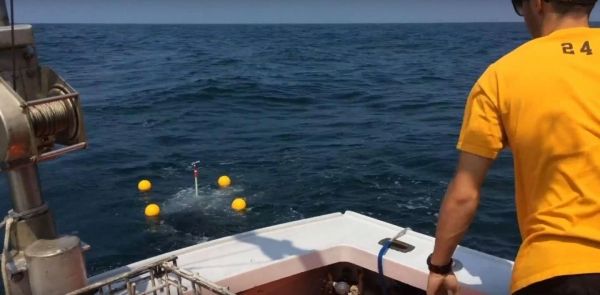Each year, the U.S. Coast Guard performs thousands of search and rescue missions at sea. In situations where every minute matters, it is critical to have the most efficient ocean modeling data and algorithms at hand.
Researchers at Virginia Tech are part of a multi-institutional group using mathematical techniques with ocean models and experiments to better understand near-surface flow patterns and hidden flow structures. With more accurate modeling data, response teams can better predict the search area grid from the air, and reduce emergency response time when lives are on the line.
Throughout this study, published in Nature Communications on May 26, the research team has uncovered hidden transient attracting profiles – or TRAPs – in ocean-surface velocity data. These transient attracting profiles act as short-term collection zones for all floating objects, debris as well as persons in the water. When incorporated into search and rescue algorithms, the locations of the TRAPs give a more accurate prediction on regions to focus search efforts.
Read more at: Virginia Tech
Virginia Tech's Shane Ross and a multi-university research team conducted multiple field experiments off the coast of Martha's Vineyard in Massachusetts. The team utilized both experiment drifters and water rescue training manikins to predict transient attracting profiles in ocean-surface velocity data. Photo submitted by Shane Ross for Virginia Tech. (Photo Credit: Virginia Tech)


